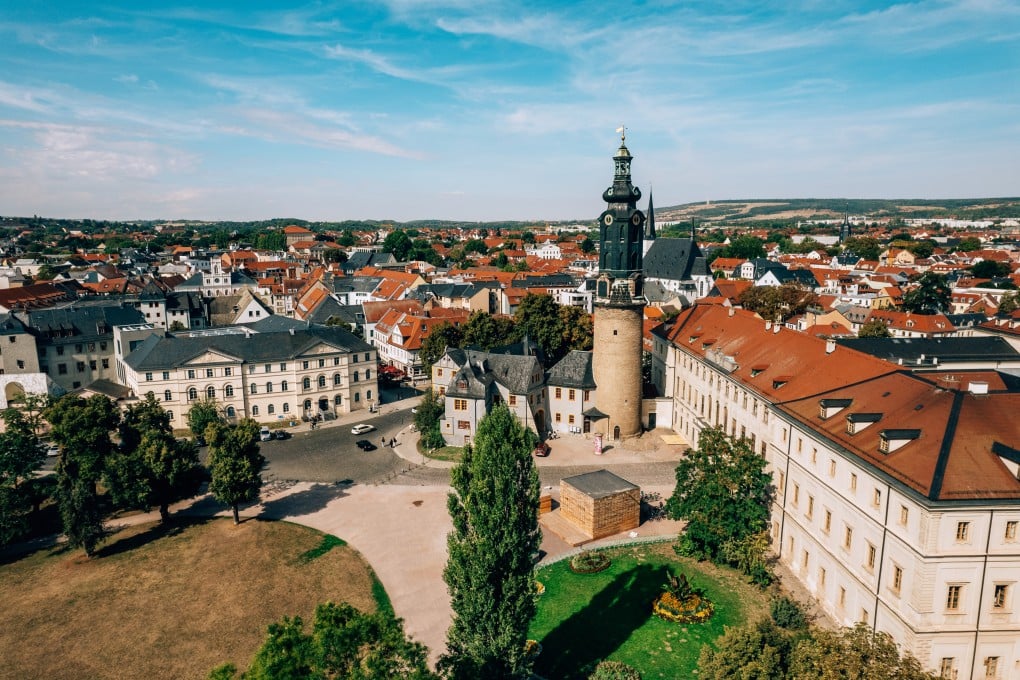Weimar’s cultural legacy, from Goethe’s residence to birthplace of the Bauhaus movement
Few European cities have a history as culturally rich as Weimar, once home to Goethe, a giant of world literature

It is difficult not to fall in love with the young Sibylle von Jülich-Kleve-Berg, as painted by Europe’s premier portraitist at the time of her wedding, in 1526. A young, grey-eyed, pale-skinned beauty with tumbling red tresses, she directs her level gaze off to one side, as if there were something far more important to consider than the adoring viewer right in front of her.

The picture in Weimar, a curator assures me by email, was perhaps the elder Cranach’s greatest female portrait. I should come and see it for myself, he says.
To Germans, it is not the town’s art collection but its literary and architectural history that are the attractions. Polymath Johann Wolfgang Goethe arrived at the ancient city in what is now the central state of Thuringia 250 years ago, riding in a coach sent to collect him by a young admirer, Duke Karl August of Saxe-Weimar-Eisenach.
The poet, novelist and playwright was to spend most of the remaining 57 years of his life here, not only producing classics of enduring global fame such as Faust (1790), but also as part of the duke’s government.
The duke ennobled the descendant of an innkeeper (to von Goethe) so as to make him acceptable to others in royal service, mostly aristocrats.